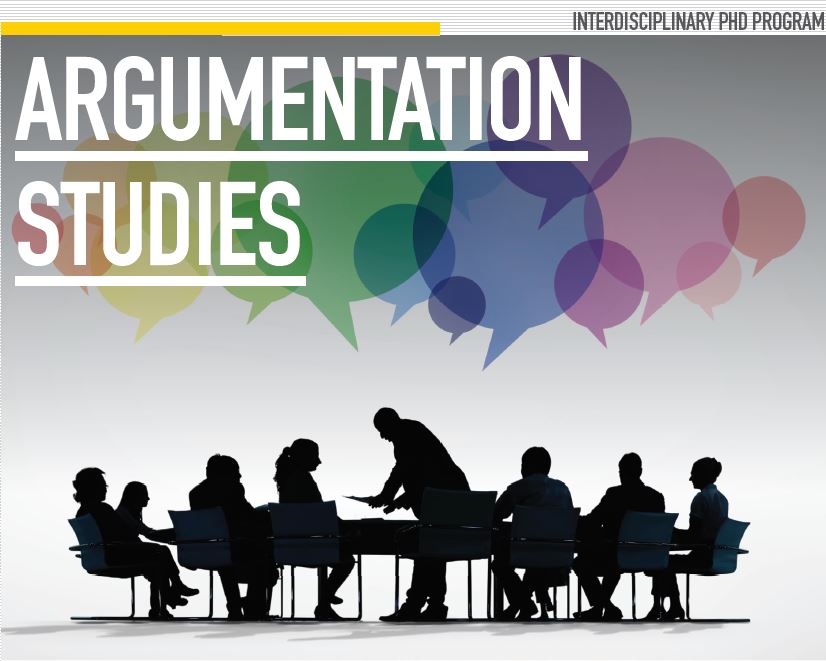Location
University of Windsor
Document Type
Paper
Keywords
directives, inference, multimodality, visual argument, ostension
Start Date
18-5-2016 9:00 AM
End Date
21-5-2016 5:00 PM
Abstract
I will analyze the role of ostension in argumentation. Ostension involves gestures, bearing, postures, facial expressions, etc.; thus it can be argued that ostension can introduce non-verbal modes of argument, giving rise to multimodal arguments (Groarke 2014). Acts of ostension can be considered as a kind of speech acts according to the account in Wittgenstein’s Philosophical Investigations §27. As such they can provide the premises of a certain sort of arguments (which I term arguments by ostension). We have to distinguish the proper act of ostension from both its content and the object of ostension. While the latter can serve as evidence, as support for a linguistic claim without being part of it, as Dove (2010, 2012) points out, the act of ostension is a genuine act of arguing since to argue is to present something as a reason for something else. Acts of ostension are not assertive but directive acts, and so their content is not a statement but what I call an imperative. Thus I contend that imperatives can act as premises in some kind of arguments. Finally I will discuss whether arguments by ostension may be taken to be a kind of multimodal arguments.
Creative Commons License

This work is licensed under a Creative Commons Attribution 4.0 International License.
Reader's Reactions
Paul L. Simard Smith, Commentary On 'Acts of Ostension' (May 2016)
Acts of Ostension
University of Windsor
I will analyze the role of ostension in argumentation. Ostension involves gestures, bearing, postures, facial expressions, etc.; thus it can be argued that ostension can introduce non-verbal modes of argument, giving rise to multimodal arguments (Groarke 2014). Acts of ostension can be considered as a kind of speech acts according to the account in Wittgenstein’s Philosophical Investigations §27. As such they can provide the premises of a certain sort of arguments (which I term arguments by ostension). We have to distinguish the proper act of ostension from both its content and the object of ostension. While the latter can serve as evidence, as support for a linguistic claim without being part of it, as Dove (2010, 2012) points out, the act of ostension is a genuine act of arguing since to argue is to present something as a reason for something else. Acts of ostension are not assertive but directive acts, and so their content is not a statement but what I call an imperative. Thus I contend that imperatives can act as premises in some kind of arguments. Finally I will discuss whether arguments by ostension may be taken to be a kind of multimodal arguments.


